Learning to render with Twilight Hobby
-
@pbacot said:
Dave,
Did you use a edge overlay in the render? Nice job. I think the metal as he says is nice, because the other metal looks too perfectly reflective to be realistic.
Peter
Peter, yes. I did use an overlay. Actually, I pasted a Hidden Line exported onto a separate layer set to Multiply. I made the Hidden Line export at 4k or 5k wide and resized it down to the size of the rendered image so that the lines would be very thin. I also adjusted the opacity of that layer so the lines would be fairly light. All very quick and easy to do.
@ntxDave, I could have also made the floor reflective but as I said, I was just trying to make a quick example and didn't bother setting up all of the materials.
-
-
Ugh! I just missed a 'render this' challenge.

-
@solo said:
Ugh! I just missed a 'render this' challenge.

Welcome aboard but the real challenge is me learning how to use a rendering engine.

-
@dave r said:
Peter, yes. I did use an overlay. Actually, I pasted a Hidden Line exported onto a separate layer set to Multiply. I made the Hidden Line export at 4k or 5k wide and resized it down to the size of the rendered image so that the lines would be very thin. I also adjusted the opacity of that layer so the lines would be fairly light. All very quick and easy to do.
Dave --
Love this look, with the thin line overlay. It's just slightly diagrammatic, which really suits technical / mechanical subjects. And thanks for the mini-tut on how to achieve it!
Doug
-
Doug, I'm happy it helped someone.

-
@dave r said:
@pbacot said:
Dave,
Did you use a edge overlay in the render? Nice job. I think the metal as he says is nice, because the other metal looks too perfectly reflective to be realistic.
Peter
Peter, yes. I did use an overlay. Actually, I pasted a Hidden Line exported onto a separate layer set to Multiply. I made the Hidden Line export at 4k or 5k wide and resized it down to the size of the rendered image so that the lines would be very thin. I also adjusted the opacity of that layer so the lines would be fairly light. All very quick and easy to do.
What the heck does all of this mean?
@Box, I tried all 10 of the backgrounds. Now I am going to try to learn how to use the lights. When I select certain light types (Projector or IES), it asks for an image file (projector) or IES (ies). Is there a source for the light types?
-
Dave, most rendering applications render the faces and not the lines that border the faces. To get the lines dividing the pipe into sections or the blue thing to show as it does, you would need to either create 3D geometry to get small gaps and shadows are you could do what I described.
Here's an example of a render I did with no materials. If I hadn't made the hidden line image to overlay, there'd be no separation between the case sides and the legs or the drawer front and draw sides.
[url=https://flic.kr/p/Bccrw3]

You can create that separation with material changes but when the material is the same on either side of the seam, you need to do something different.
-
Makes sense. I just need to figure out how to do that with Twilight Hobby.
-
This has to be done outside of SketchUp. Export a hidden line image from SU and combine it with the rendered image in an image editor.
-
Twilight renders in the SketchUp window, correct? It does look like you are getting better with it.
-
After doing some more "playing around" in Twilight Hobby, I tried some more settings and I think this image has come a long wary from where I started. Dave, you will notice that there are some lines showing the jointed pieces of piping along the right side.
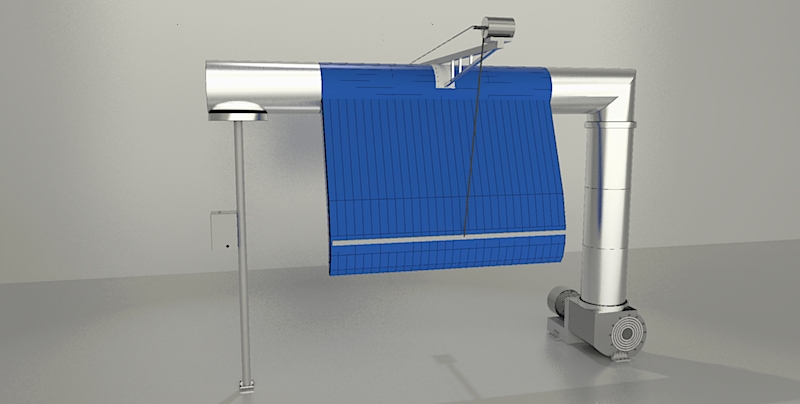
Not perfect by any stretch of the imagination but progress...........this one was done at only medium resolution. Might look even better at high resolution.Still another angle with same settings
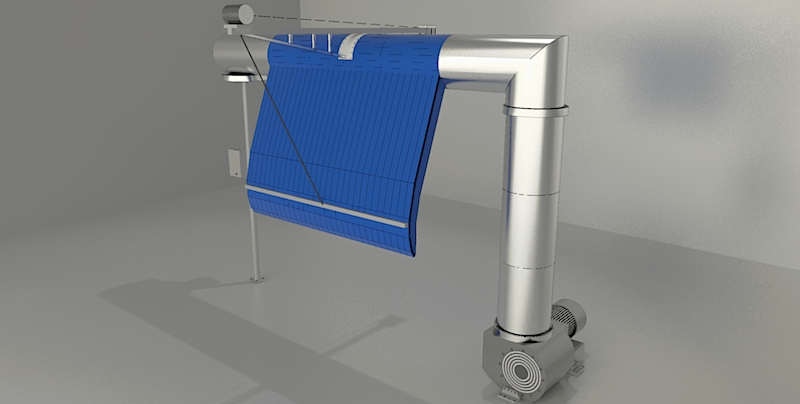
-
@dave r said:
Twilight renders in the SketchUp window, correct? It does look like you are getting better with it.
Yes, it has a series of popup windows that allow you to set everything up and render while still in SketchUp.
BTW: I did an edit and showed the equipment from another angle with the same settings.
-
Latest attempts.....making more progress in understanding how the product works and how to control various parts........
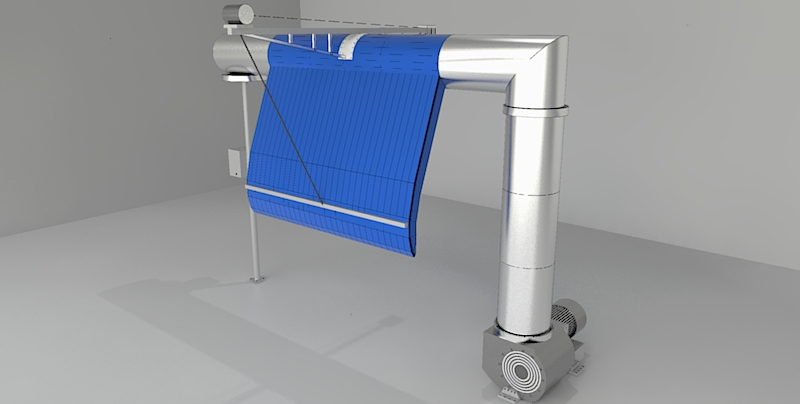
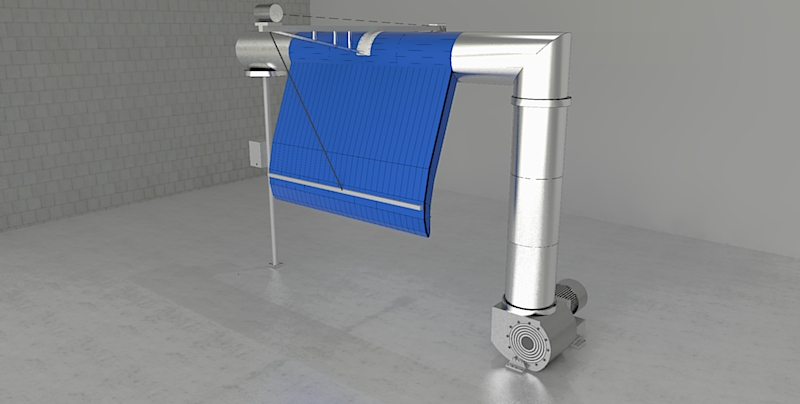
-
Continuing to learn and experiment. Here are 2 more renders of the office and part of the support equipment room for a car wash.
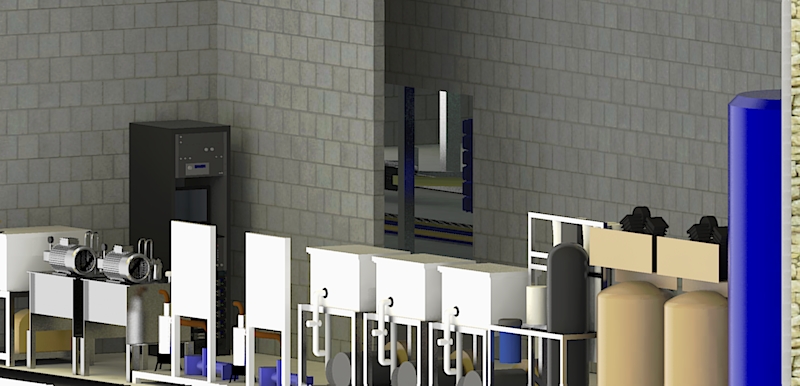
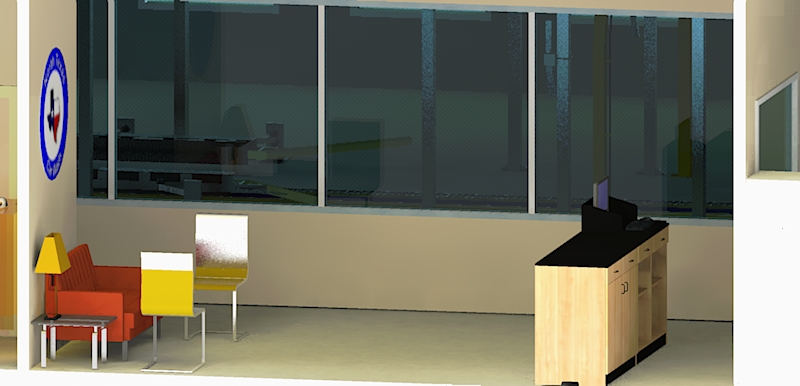
These are both section cuts and as you can see, I still have more learning to do. In particular, in the lobby, the chairs are not supposed to be shinny at all and the glass is too dark. In fact the whole office is too dark and yes, I need to have the lamp turned on. But I think I am seeing some progress so it is just a matter of continuing to learn. Good thing these are just for my own fun and I am not using them for any commercial purposes (yes I would then upgrade to the full/pro version}.In particular, the glass is getting to me. That is why I issued the challenge in this thread http://sketchucation.com/forums/viewtopic.php?f=80%26amp;t=64364
-
It's coming along. I think you should use Perspective instead of Parallel Projection for the camera setting in your renders. They look strange as they are at least for someone who has binocular vision and sees parallel lines running off to vanishing points.
-
Switched the view and here are some newer renders using perspective.....
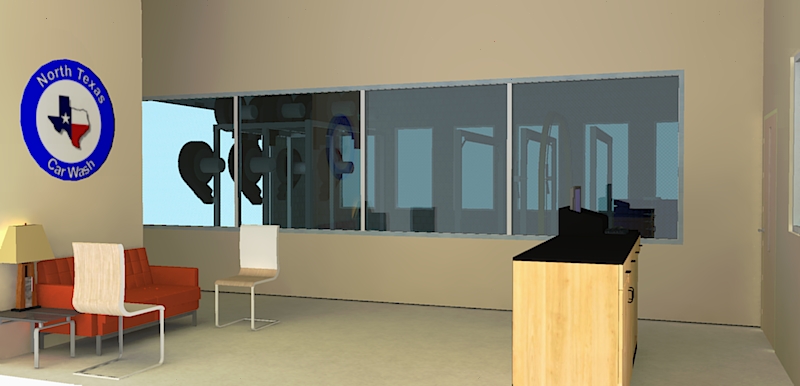
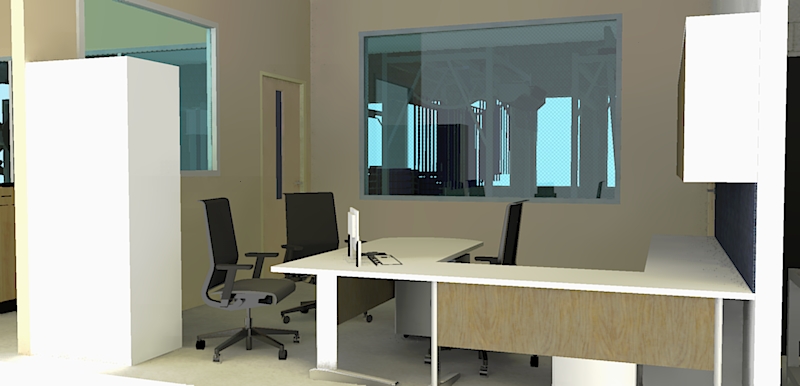

Notice that I also made a big improvement in the glass thanks to Box in another thread (my challenge thread).Now I need to understand how to save the settings I used so that if I go back into the model all of my rendering settings are saved. Need to do some more reading......but I do think I am making progress.
-
@dave r said:
It's coming along. I think you should use Perspective instead of Parallel Projection for the camera setting in your renders. They look strange as they are at least for someone who has binocular vision and sees parallel lines running off to vanishing points.
I agree. I forgot to switch the view.
-
You're doing really well!
-
Advertisement







